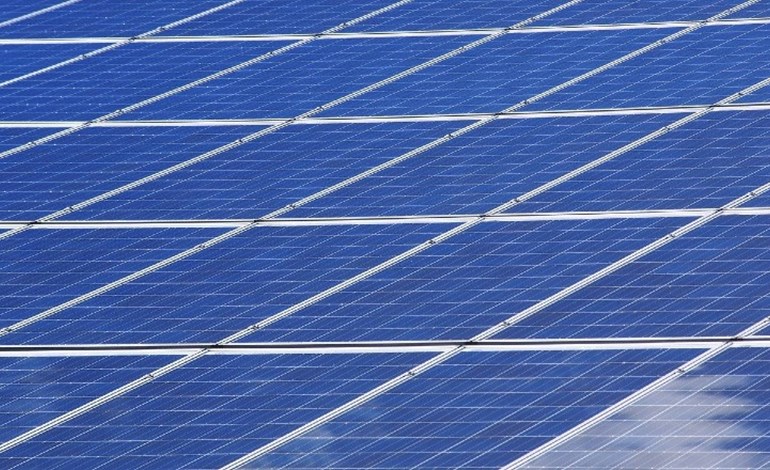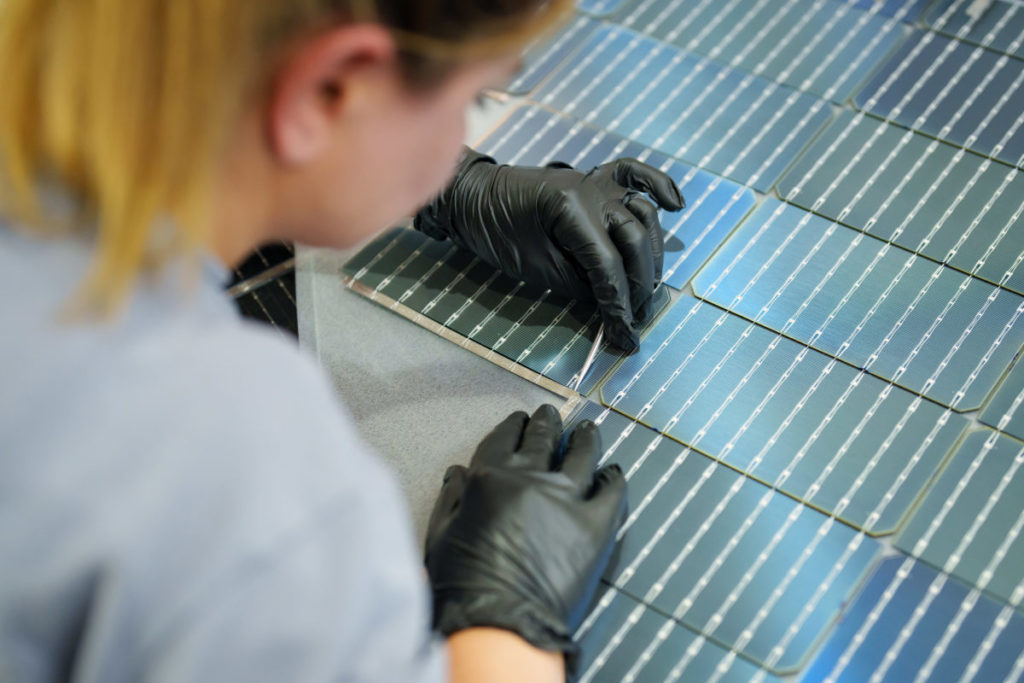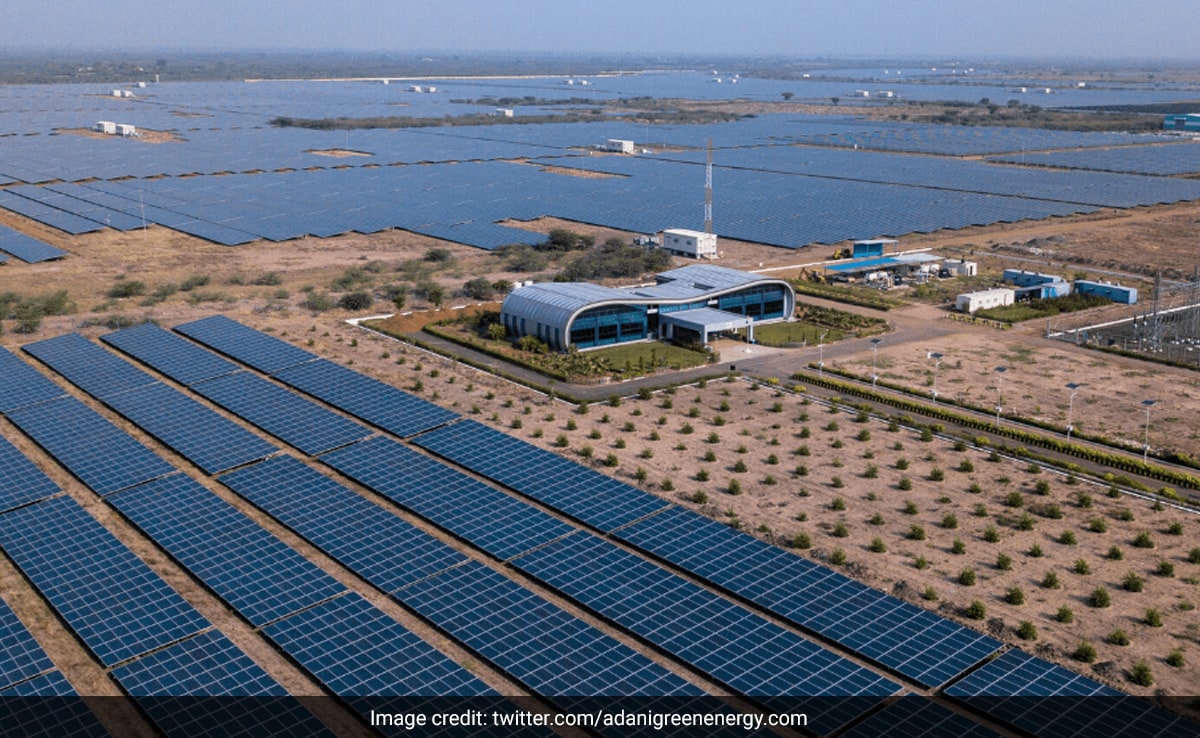Singapore’s picturesque Kusu Island, housing the revered Da Bo Gong Temple, has embraced self-sufficiency by fully relying on solar power. The island’s solar photovoltaic (PV) and desalination systems, operational since Q4 2022, are paving the way for other southern islands like Pulau Hantu.
Sustainable Operations Amidst Pilgrimage Surges
Just in time for the island’s annual pilgrimage season, the solar systems catered to a record-breaking 22,523 visitors in October 2023. The 780 sq m solar panels, equivalent to two basketball courts, generate 140 kWp or 230 MWh, powering common facilities and a seasonal food center.
Innovative Backup Solutions and Cost Reduction Measures
Two 40-foot containers house batteries, ensuring a two-day power backup for cloudy or rainy days. Before the solar systems, the island faced costly water and diesel transportation, with boat-delivered water being seven times more expensive than on the mainland.
Strategic Collaboration for Environmental Impact
Singapore Land Authority (SLA) collaborated with Nanyang Technological University (NTU) on a $2 million research project, customizing renewable energy systems for offshore islands. Remote monitoring from NTU’s Smart Campus allows real-time control of the desalination plant, ensuring water quality.
Artful Installation and Future Expansion Plans
Solar panels, installed in a tortoise shape in a shallow lagoon to honor the island’s legacy, benefit from the cooling effect, increasing efficiency by 10-15%. Inspired by Kusu’s success, SLA and NTU plan a similar setup on Pulau Hantu by 2024, albeit with a smaller capacity.
The Pulau Hantu project, accommodating occasional visitors, integrates solar panels on land, minimizing ecological impact after thorough consultations with the National Parks Board and nature groups.
Source:straitstimes.com





